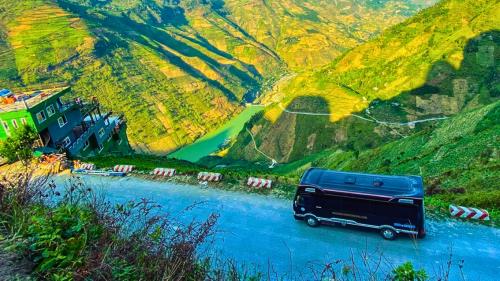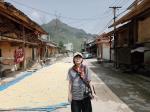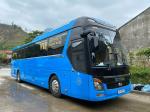Welcome to your ultimate Northern Vietnam Travel Guide, where you'll discover the hidden gems of the region, from the breathtaking mountains of Ha Giang to the serene waters of Ba Be Lake and the majestic Ban Gioc Waterfalls in Cao Bang. Northern Vietnam offers a rich tapestry of natural beauty, vibrant cultures, and fascinating history, making it an unmissable destination for travelers seeking adventure, culture, and peace. Whether you're hiking through the rugged landscapes of the Dong Van Karst Plateau, exploring traditional villages in Mai Chau, or experiencing the tranquil atmosphere of Ba Be Lake, Northern Vietnam has something for everyone.
Recommended Tours for You:
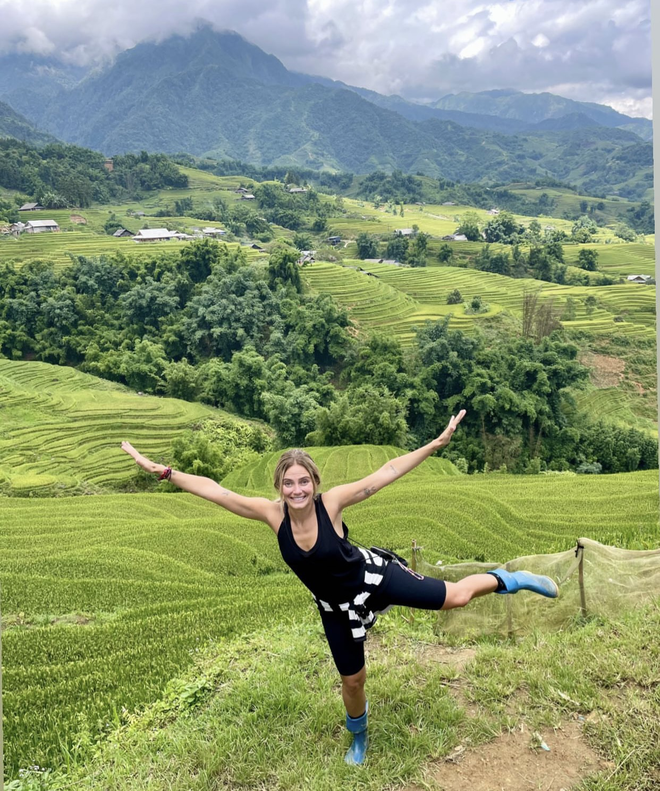
Best Time to Visit Northern Vietnam
The best time to visit Northern Vietnam is from September to November or March to May, when the weather is relatively mild with dry, sunny days and cooler, clear nights. These months are ideal for trekking, sightseeing, and outdoor activities in the mountains, offering spectacular views without the extreme weather conditions. For those planning a loop tour around the region, this period provides the best conditions to explore the diverse landscapes of Northern Vietnam.
Winter (December to February) can be quite cold, especially in the northeast, where you may experience frosty nights and chilly mornings. However, the misty mornings and picturesque sunrises over mountain valleys make this a photographer’s paradise.

The rainy season from May to September can bring heavy showers, particularly in July and August. The rains can sometimes make roads slippery and difficult, so if you plan to travel during this time, be prepared for unpredictable weather.
How to Get Around Northern Vietnam
Getting around Northern Vietnam requires some flexibility, as the terrain is mountainous and road conditions can vary. Traveling between Ha Giang and Cao Bang typically takes 6-8 days if you want to visit several attractions. However, Sa Pa, Mai Chau, and Ba Be National Park can be explored in a few days from Hanoi. Renting a motorbike or joining a guided loop tour is a great option to explore the region’s stunning landscapes and remote areas.
For those on a time crunch, exploring Sa Pa or Mai Chau makes for a rewarding 2-3 day trip from Hanoi.

Top Attractions in Northern Vietnam
Northern Vietnam is home to several picturesque cities and breathtaking natural landmarks. If you're embarking on a loop tour, these are the must-visit attractions you shouldn’t miss:
Ha Giang Province
Ha Giang is one of the most remote and less-visited provinces in Northern Vietnam. It’s famous for its unique landscape, ethnic minorities, and the Dong Van Karst Plateau Geopark. The breathtaking mountains, winding roads, and rich cultural diversity make it an unforgettable destination for adventurous travelers.
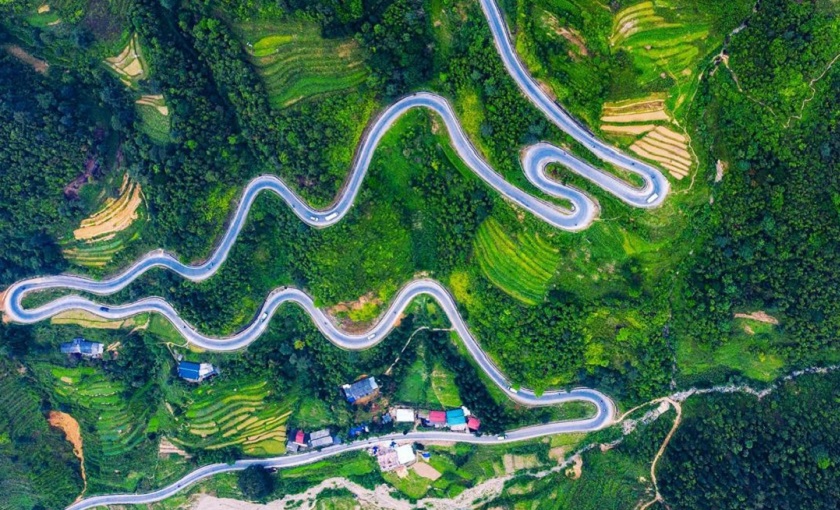
Highlights of Ha Giang:
-
Dong Van Karst Plateau Geopark: A UNESCO Global Geopark with spectacular limestone formations and vast valleys.
-
Ma Pi Leng Pass: A winding road offering panoramic views of the Nho Que River and rugged mountain scenery.
-
Lung Cu Flag Tower: The northernmost point of Vietnam with panoramic views of the surrounding landscapes.
-
Ha Giang Sunday Markets: Traditional markets where you can see the vibrant clothing and crafts of various ethnic groups.
Cao Bang Province
Cao Bang is known for its stunning natural beauty, including the famous Ban Gioc Waterfalls, which sit along the border between Vietnam and China. This province is rich in history and home to several ethnic minorities, making it an ideal destination for cultural and historical exploration.
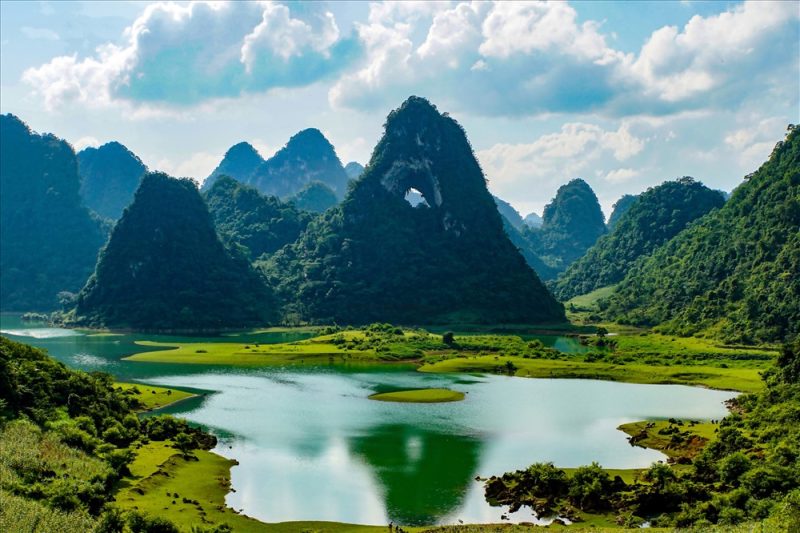
Top Attractions in Cao Bang:
-
Ban Gioc Waterfall: Vietnam’s largest and most beautiful waterfall, located in Cao Bang near the border with China.
-
Pac Bo Cave: The historical site where Ho Chi Minh lived and worked during his return to Vietnam in 1941.
-
Ba Be National Park: The largest natural lake in Vietnam, offering boat rides, hiking, and visits to local minority villages.
-
Cao Bang Markets: A fantastic place to shop for traditional textiles, handicrafts, and local produce.
Sa Pa
Sa Pa, located in the northwest of Vietnam, is a well-known destination for its ethnic villages, terraced rice fields, and the highest mountain in Vietnam, Mount Fansipan. It’s a great base for trekking and exploring the rich cultures of the local H'mong and Dao ethnic groups.

Must-see attractions in Sa Pa:
-
Mount Fansipan: Take the cable car to the top of Vietnam's highest mountain for incredible views.
-
Muong Hoa Valley: A valley with picturesque rice terraces and local villages.
-
Sa Pa Sunday Market: A lively market where you can meet locals in traditional dress and buy local crafts.
Mai Chau Valley
Mai Chau is a peaceful, idyllic valley inhabited by the White Thai people. Located just 135 km from Hanoi, it offers scenic views of rice fields and mountains, as well as the opportunity to experience the traditional lifestyle of the local ethnic minorities.

Highlights in Mai Chau:
-
Mai Chau Ecolodge: A place to relax and enjoy the natural beauty of the valley.
-
Traditional Thai Villages: Visit villages like Poom Coong to see traditional wooden houses and experience local culture.
-
Mai Chau Market: A bustling market where locals sell handmade products and fresh produce.
Ba Be Lake
Ba Be National Park is home to Ba Be Lake, Vietnam’s largest natural lake, surrounded by limestone mountains and forests. It’s a tranquil place for boating, hiking, and cultural immersion with local Tay and H'mong communities.
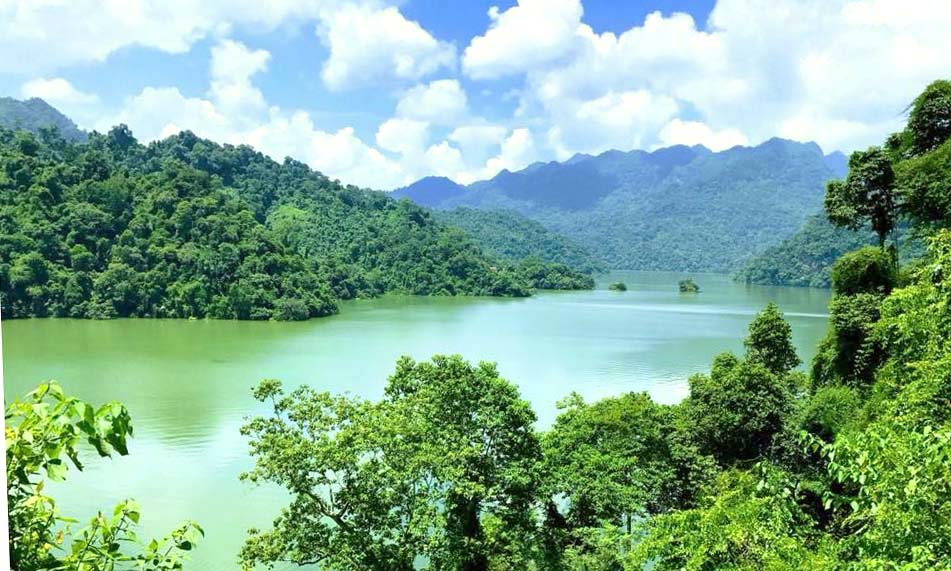
What to do at Ba Be Lake:
-
Boat Tour: Glide through the calm waters of the lake, surrounded by lush greenery and towering limestone cliffs.
-
Visit Minority Villages: Explore local villages and stay in homestays to learn about the Tay and H'mong cultures.
-
Dau Dang Waterfall: A beautiful waterfall located near Ba Be Lake.
Bac Ha
Bac Ha, located in Lao Cai Province, is a hidden gem famous for its traditional Flower H'mong market and surrounding scenic beauty. It offers a more authentic experience compared to the more touristy areas like Sa Pa.
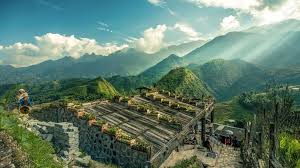
Top attractions in Bac Ha:
-
Bac Ha Sunday Market: The highlight of Bac Ha, where you can find colorful ethnic clothing, handicrafts, and livestock.
-
Hoang A Tuong Palace: A historical palace built by the French for the local H'mong king, showcasing the architectural influences of the region.
-
Ban Pho Village: A scenic village where you can learn about traditional life and culture.
Travel Tips for Northern Vietnam
-
Weather: The weather in Northern Vietnam can be unpredictable, especially in the mountains. Bring layers of clothing and be prepared for colder temperatures in the winter months.
-
Transportation: Public transportation options are limited in remote areas. Renting a motorbike or hiring a local guide is highly recommended to explore the more isolated regions.
-
Respect Local Culture: The ethnic minorities in Northern Vietnam maintain unique traditions, so be respectful when visiting their villages. Ask permission before taking photographs and support local crafts by buying handmade goods.
Conclusion
Northern Vietnam is a diverse and captivating region, offering some of the country’s most scenic landscapes, historical sites, and cultural experiences. Whether you're trekking through the Ha Giang mountains, exploring the cultural markets in Cao Bang, or relaxing by the tranquil Ba Be Lake, Northern Vietnam promises an unforgettable journey. Be sure to plan your trip during the best time to visit and enjoy all the region has to offer, from stunning natural beauty to vibrant local traditions.
Start planning your adventure today and discover the pristine beauty of northern Vietnam! For more details or assistance, don’t hesitate to contact us at our Hotline: +84329196074.



